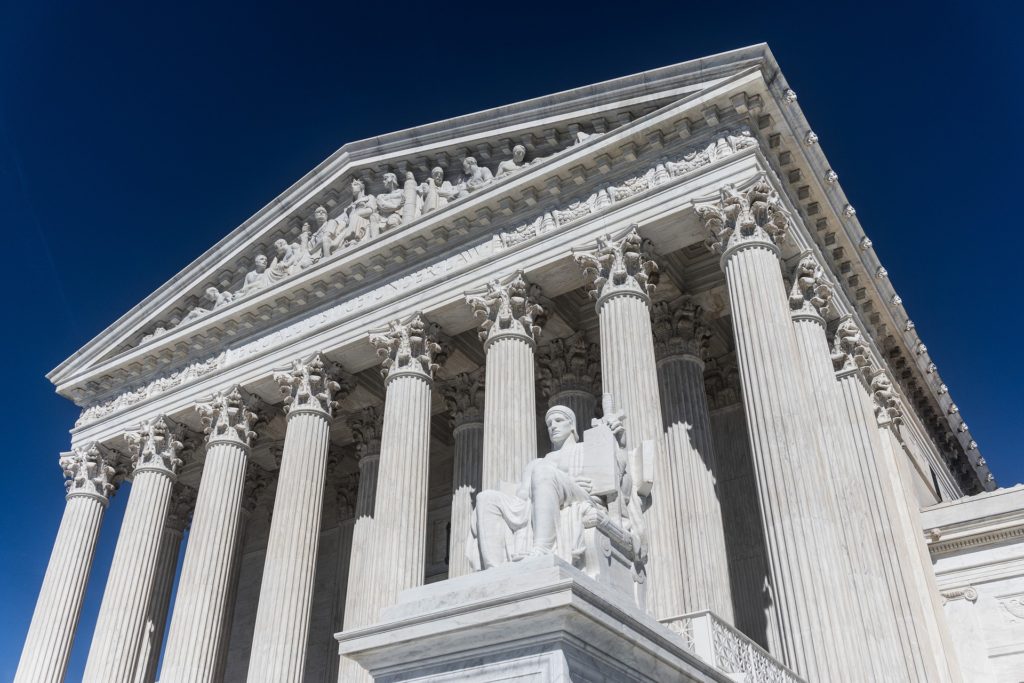After the Civil War, Southern states passed a series of laws that enforced racial segregation. A civil rights activist named Homer Plessy, a 36 year old mixed race shoemaker, challenged one law in Louisiana. He agreed to take part in an act of civil disobedience planned by a local civil rights organization. He was chosen by the civil rights organization because he looked white. The civil rights group challenged segregation in its racially diverse city. In June 1892, Plessy was instructed to buy a first class ticket, board the train in New Orleans, go to the white’s only car and take a seat.
According to an article in The New York Times, the conductor was also part of the plan. As customary in the segregated South, he stopped Plessy and asked him if he was “colored”. After responding that he was, he was told to go to the “colored car”. Plessy refused to do so. Reportedly, he was dragged off the train, put in handcuffs and charged with violating the 1890 Louisiana Separate Car Act. The civil rights group posted his bail. Initially, his case went to criminal court and heard by Judge John Howard Ferguson. He chose not to hold a trial and upheld the constitutionality of the Separate Car Act. Plessy’s legal team appealed the ruling before the Louisiana Supreme Court and argued that the Separate Car Act violated the 14th Amendment, equal protection under the law. The higher court upheld Judge Ferguson’s ruling. It would take four years until the United States Supreme Court agreed to hear the case.
The 1896 case of Plessy v. Ferguson was the first racial-segregation case decided by the United States Supreme Court. Homer Plessy was seven eights white and one eight Black. His lawyers argued that a Louisiana statue requiring segregation on trains within the state violated rights given to him by the Thirteenth and Fourteenth Amendments to the Constitution. His lawyers argued that if physical distinctions such as skin color could be used as a basis for segregation, then hair color could also be considered. In a 7-1 decision, the court concluded that separating races of people was constitutional, as long as each race was provided facilities of equal quality. This ruling established the “separate but equal” doctrine. Justice John Marshall Harlan dissented. He famously declared, “Our Constitution is color blind.”
This ruling defined the Jim Crow era. The new racial order was affirmed at the highest level of society. White people felt justified in feeling that black people were less than them. There were separate public facilities for blacks and whites, plus new waves of legislation and business practices requiring disparate treatment of the races. Combined with the economic dependency of black sharecroppers and denial of voting rights, this ruling prevented many black people to have opportunities. The South could not reinstate slavery but it did re-create many ways the slave system could be preserved. An established pattern of abuse of black people began.
Francie Mae. November 29, 2021
References
Blackmon, Douglas A. 2008. Slavery by Another Name. Anchor Books. New York.
Rifkin, Glenn. The New York Times. “Overlooked No More: Homer Plessy, Who Sat on a Train and Stood Up for Civil Rights”. Published January 31, 2020. Updated February 4, 2020. Web. Accessed November 29, 2021.
